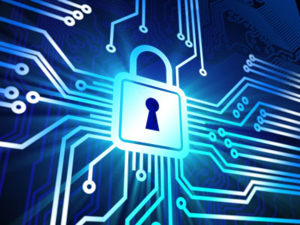1. Use a password management service.
However, password management services such as Dashlane, LastPass, and KeePass put such passwords at your fingertips in a web browser, a smartphone app, or both. Users need only remember one master password in order to access their full unique, randomized, and special character-using password library.
2. Use two factor authentication.
With Internet services, two factor authentication often means that you are sent an alphanumeric code via email or SMS. This method also means that if someone attempts to access your account, you are the person who receives the authentication code. A wide variety of Internet services offer two factor authentication for their customers — a list, with additional details, is available at http://twofactorauth.org/.
3. Stay informed.
It is important not only to keep abreast of developments in fraud and in protection technology, but also your rights as a consumer. Econsumer.gov is a consumer protection initiative sponsored by 33 countries. You’ll find a list of consumer protection agencies around the globe here and news and information here.
Most of all, it’s important to remember that no security method is totally foolproof — and that this list is only the beginning. Vigilance is the most effective tool of all.


